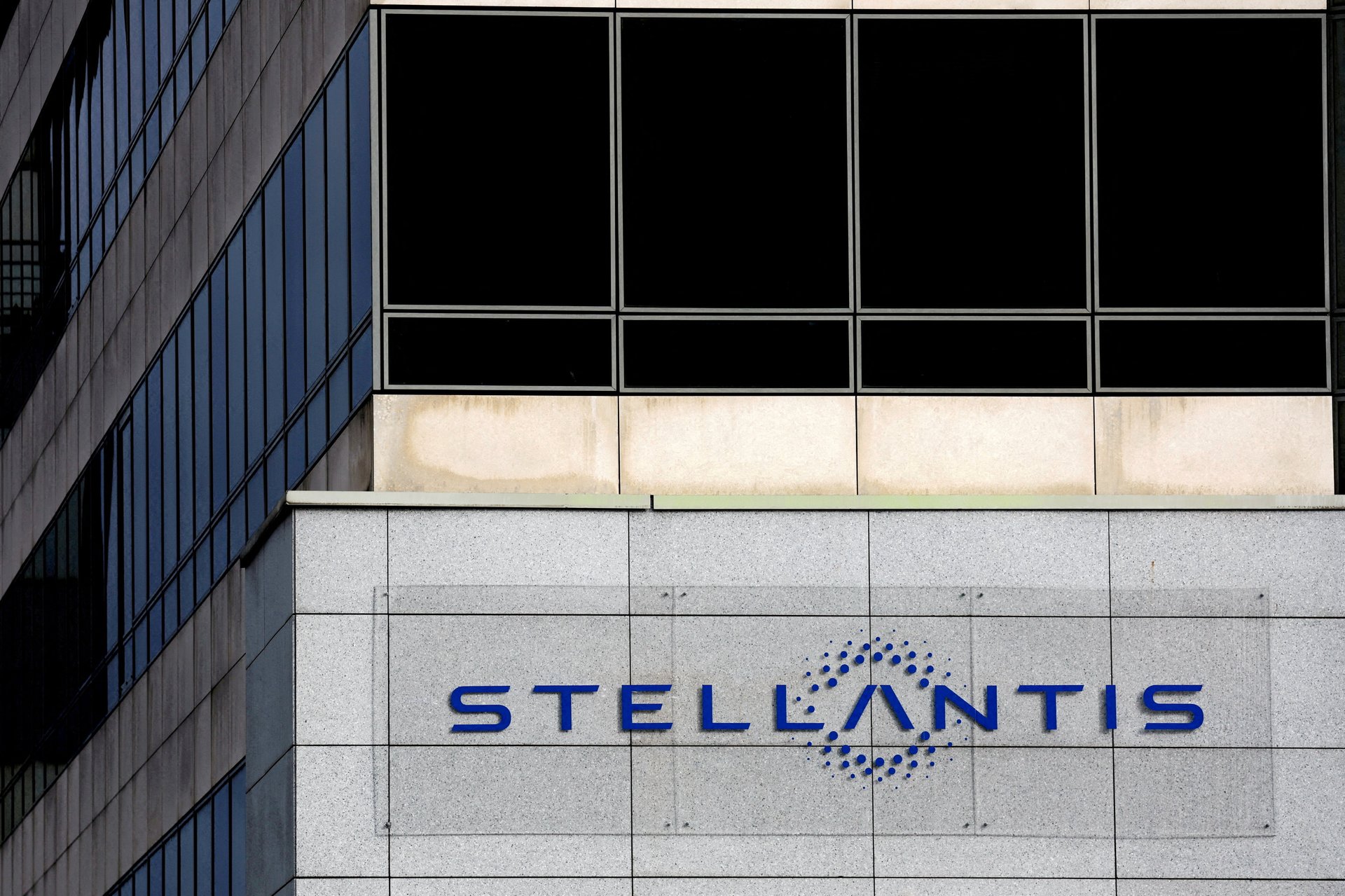🌏 Stellantis drives to Brazil
Plus: Big box stores go in on loyalty

Good morning, Quartz readers!
Suggested Reading
Here’s what you need to know
Stellantis is investing 30 billion reais ($6.1 billion) in Brazil. The parent company of Jeep and Ram wants to produce flex-hybrid vehicles and get a leg up on the competition in South America.
Related Content
SpaceX’s Starship will try again. Elon Musk’s spacecraft company will launch a third test flight for its rocket next week. Meanwhile, Musk spent another day fighting Jeff Bezos to be the world’s richest person.
The Bill Gates-backed startup that used AI to find copper says it’s not finished yet. KoBold Metals has more than 60 exploration-stage projects in progress across four continents.
Foot Locker stock is in free fall because its profit goal is years away. The retailer said it is projecting a two-year delay to reach profitability. Separately, Abercrombie hit a big sales goal two years early.
Big box stores go in on loyalty
Target wants to be just like its big box store buddies Walmart and Amazon (OK, Amazon isn’t technically a big box store but has big boxes) and get your loyalty.
Loyalty isn’t priceless, and Target will be charging $99 a year for its program, save for a one-time promotional offer of $49 for the first year. That puts it right in the middle of Walmart’s $98, and Amazon’s $139.
What do these loyalty programs get customers? We compared all three.
Pop quiz: Big box stores with big(ish) EV parking lots
Which big box retailer is the most reliable when it comes to finding a spot to charge an EV in the U.S.?
A. Target
B. Walmart
C. IKEA
D. Dollar General
It’s C., the Netherlands-based discount furniture seller that is beating every other retailer mentioned — by a long shot.
Old Americans checked off big financial boxes in the pandemic
A lot of people fared very poorly during the outbreak of covid-19. The pandemic has taken more than one million lives in the U.S., not to mention the countless others struggling with the after-effects of their infections. One other thing worsened: the wealth gap between young and old Americans.
The differences in median wealth between households headed by 20- and 30-somethings and those in their 60s or older grew to $347,000, up $93,000 from just three years earlier. The median older household is now worth more than $400,000. Here’s the two things that inflated that gap.
More from Quartz
📉 Apple stock could be ‘slaughtered’ if Warren Buffett sells more of it, analyst warns
Surprising discoveries
The first iteration of the Stanley cup was used by air force pilots in WWII. How did the big cup go from hydrating service members to becoming a status symbol? It’s a tale of thirst trapping the market, one you can read about in our latest Quartz Obsession (sign up for free!).
Fat Labradors may have a genetic predisposition to eat. It can’t all be blamed on treat-happy humans.
Scientists are closer to bringing back the woolly mammoth… Elephant stem cells were successfully made in a lab.
…but we’re okay with this new ocean worm heading back where it came from. It kind of looks like a furry centipede?
Lyft had an extra “0" in an earnings report. Typos are funny until there’s a class-action lawsuit.
Did you know we have two premium weekend emails, too? One gives you analysis on the week’s news, and one provides the best reads from Quartz and elsewhere to get your week started right. Become a member or give membership as a gift!
Our best wishes for a productive day. Send any news, comments, WWII-era Stanley cups, and pictures of Labradors big and small to [email protected]. Today’s Daily Brief was brought to you by Morgan Haefner.